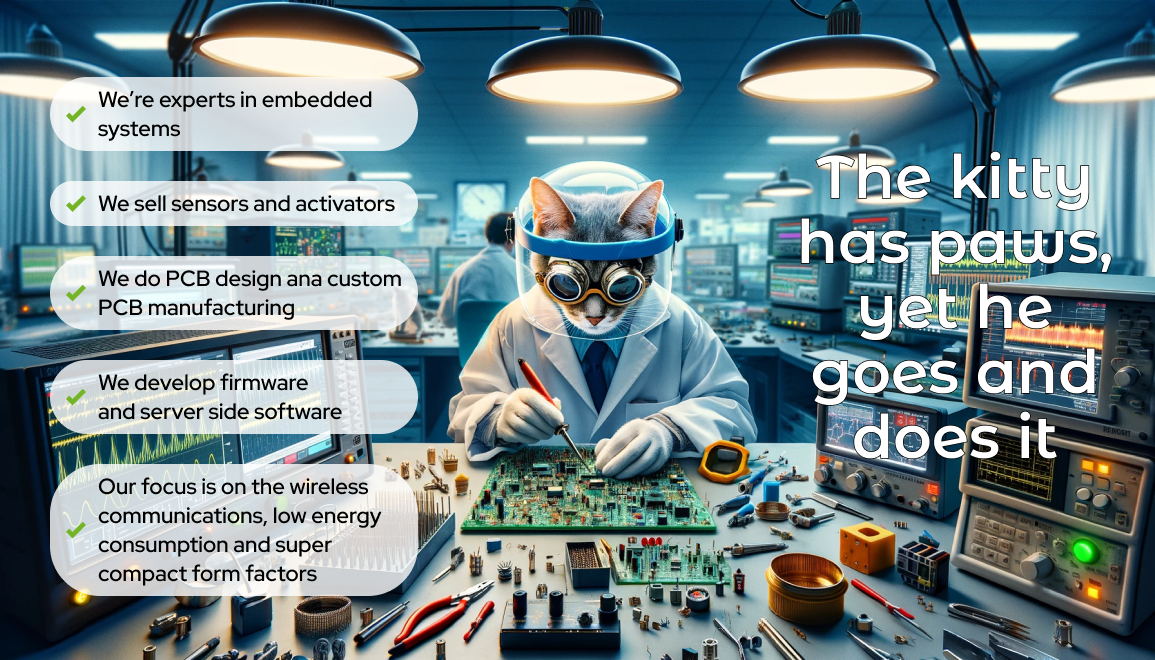
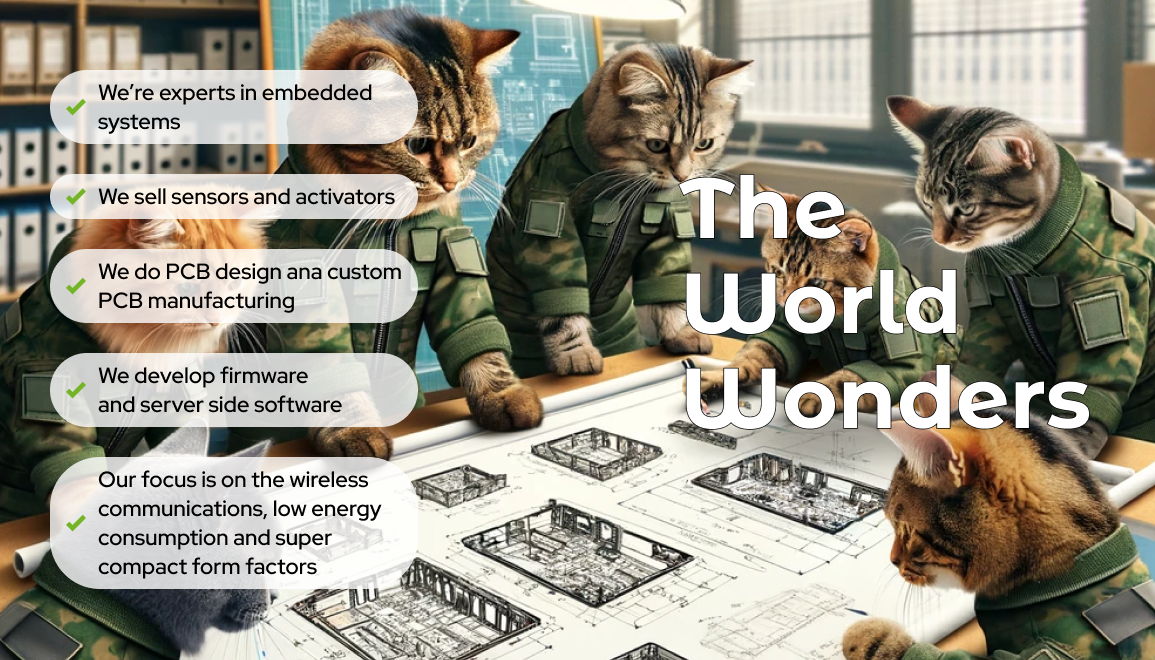
Task Force 38 is a leading-edge company specializing in embedded electronics, firmware, and software solutions. We excel in crafting advanced sensors for the automotive industry, developing cutting-edge medical equipment, and providing tailored solutions for educational facilities. Additionally, we are pioneers in smart living, offering innovative solutions for both smart homes and intelligent recreational vehicles (RVs).
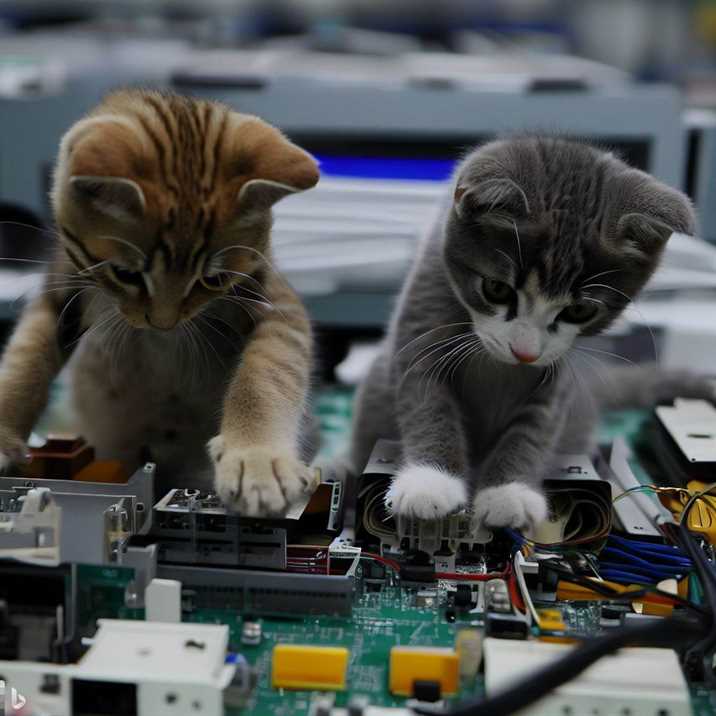
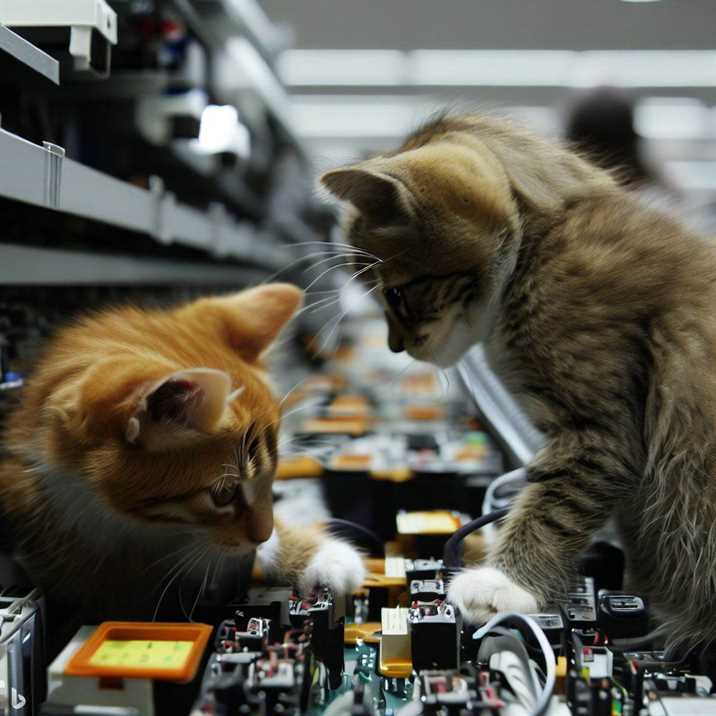

When we say “Embedded electronics”, we consider everything that is a part of other products, not necessarily electronic. This ranges from cars to clothing, or our "smart jewelry," like glowing beads or earrings that change color to match the dress.

Primarily, it involves various sensors. These include climate sensors (temperature, humidity, pressure), presence sensors, open-close sensors, and so on. It also involves actuators: locks, motors, switches, etc.

The main consumers of this technology are medicine, the automotive industry, and "smart homes," although there are various other interesting fields, such as sports. For instance, during training, every football player is decked out with sensors like a Christmas tree.

We create embedded systems both as complete solutions and as individual components, since many clients already have an existing infrastructure to which they need to add or enhance something. A system typically comprises a set of equipment, a server, and data transmission to and from it, as well as mobile applications in the current era.
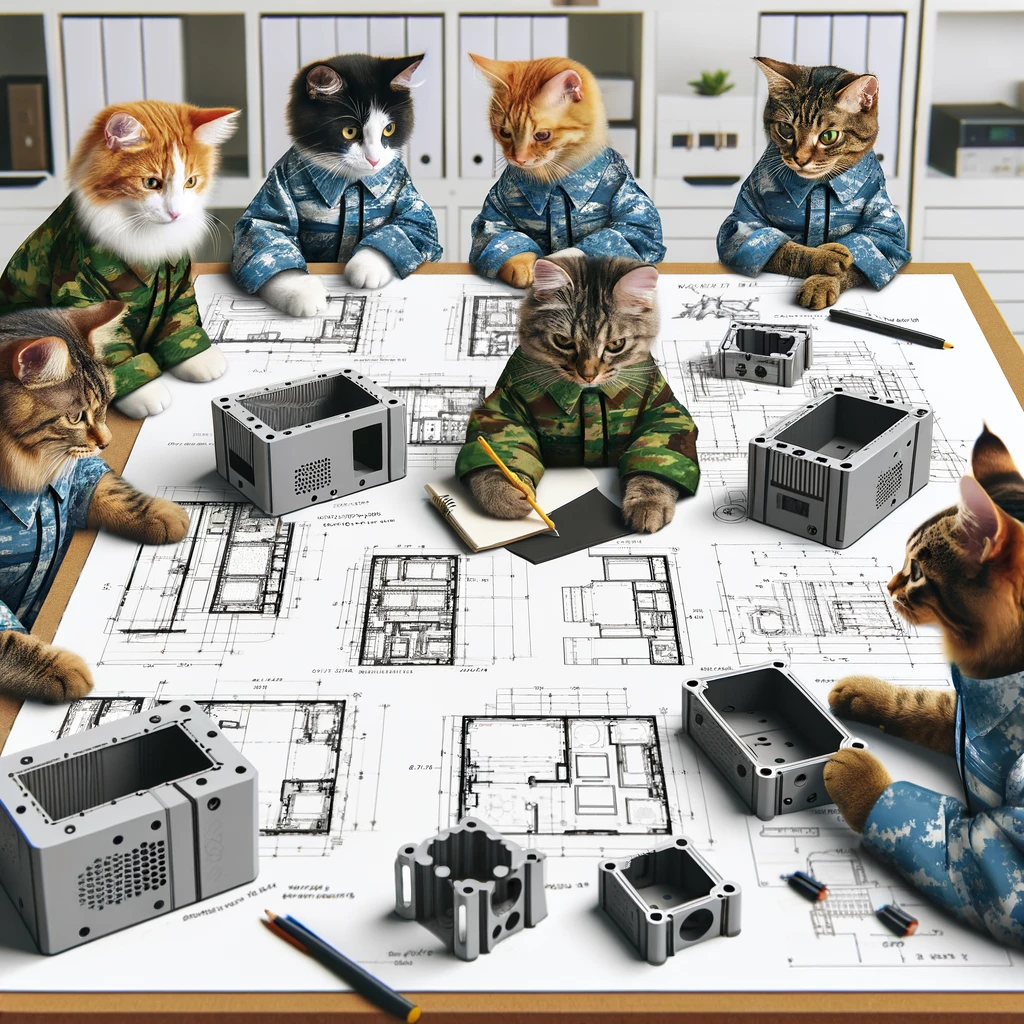
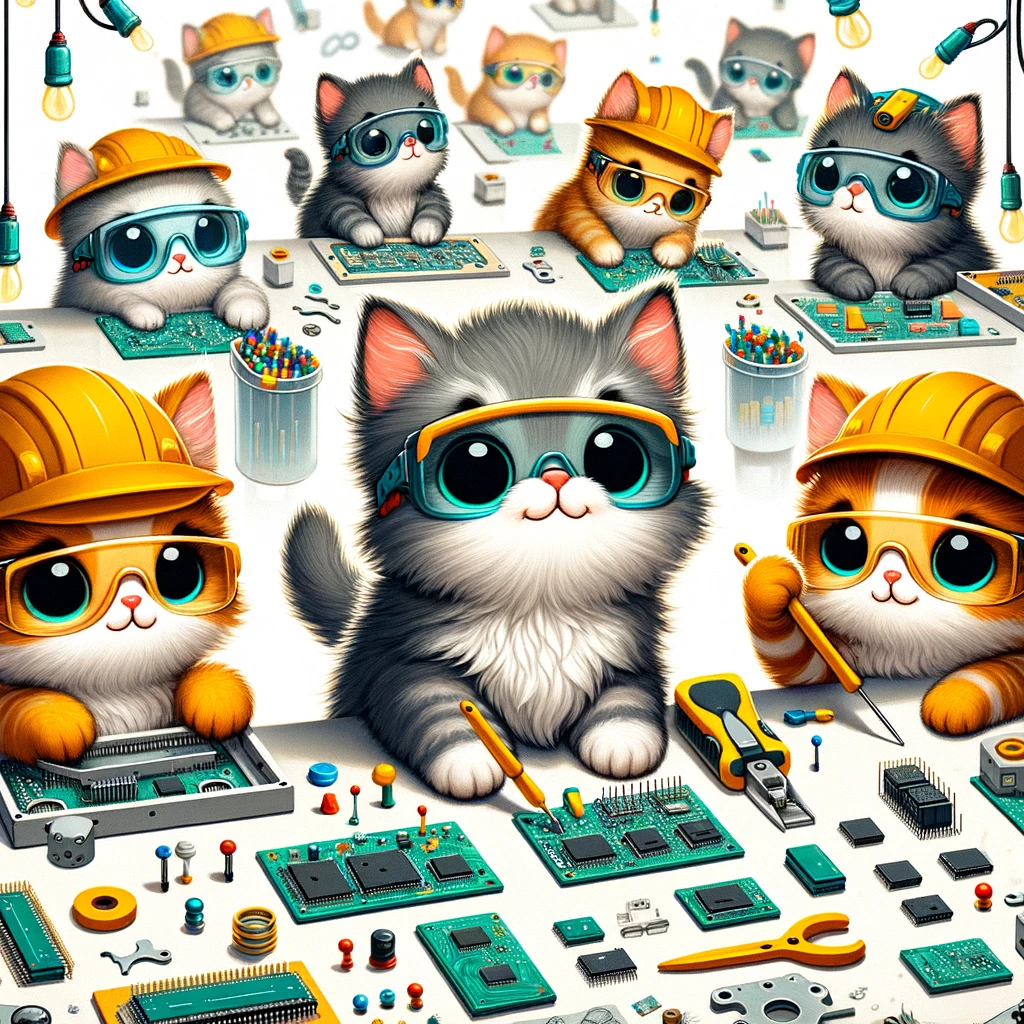
Developing the electronics itself, meaning the printed circuit boards (PCBs), their debugging, optimization, and preparation for mass production. We can boast about being specialists in the development of modern compact devices based on the latest circuit technologies. Additionally, we strive to solve the long-term tasks of our clients by creating a modular, easily expandable architecture that allows for the inexpensive and rapid creation of new products over a long period. We have a deep understanding of what our clients actually do and what they plan to do in the future. We design devices that can be further expanded and configured without our involvement or with minimal involvement, without having to redo everything from scratch each time.
Development of firmware, i.e., the software that controls the device. Here, we pride ourselves as experts in wireless technologies (Bluetooth, WiFi, Zigbee, LoRa) and low-power systems powered by rechargeable or non-rechargeable batteries. Essentially, we can create a button that will glow for a couple of years. We also are experts of human-machine interfaces, including bistable displays. It sounds a bit intimidating, but in reality, these are electronic inks—like those used in e-readers. If the device is turned off, the screen retains the last image displayed on it.
Development of the enclosures, including mechanics, aesthetics (industrial design and general design), prototyping, and preparation for production. Primarily these are plastic enclosures, but we are able to manufacture enclosures using injection molding and milling methods. Indeed, each product must have an enclosure that suits its purpose. And sometimes a product consists of several parts, in which case each part should have its own casing. We handle this aspect through close collaboration with North Carolina State University.
Our departments encompass specialized teams focused on various aspects of our organization’s operations, each contributing
to our overall mission and goals


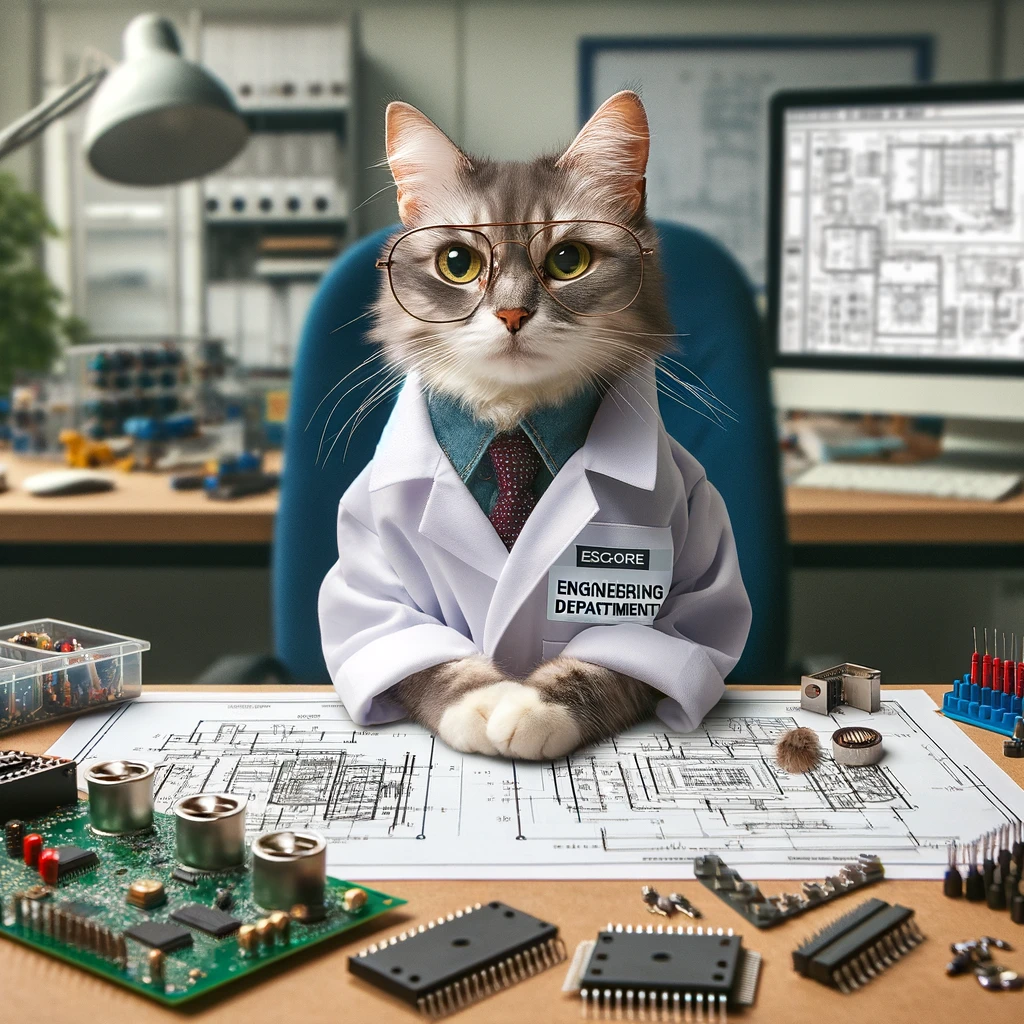
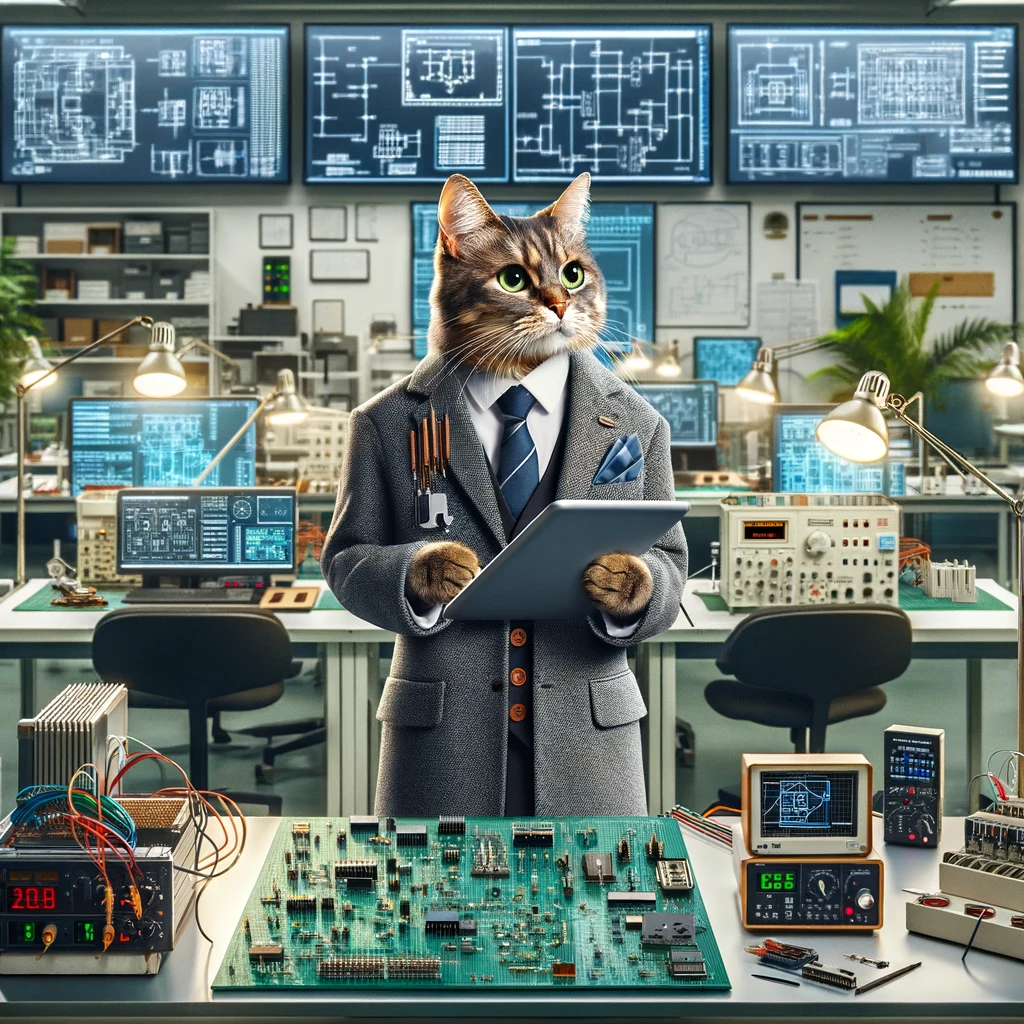
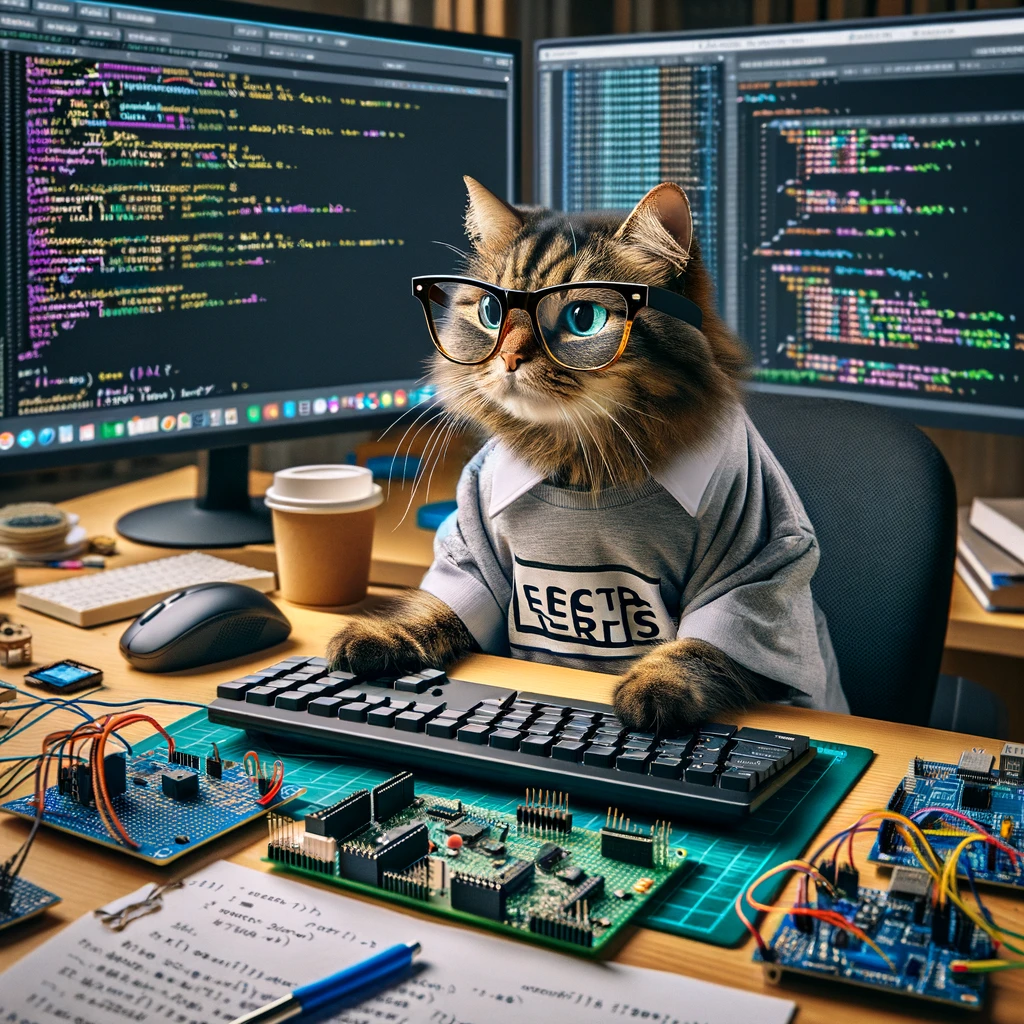
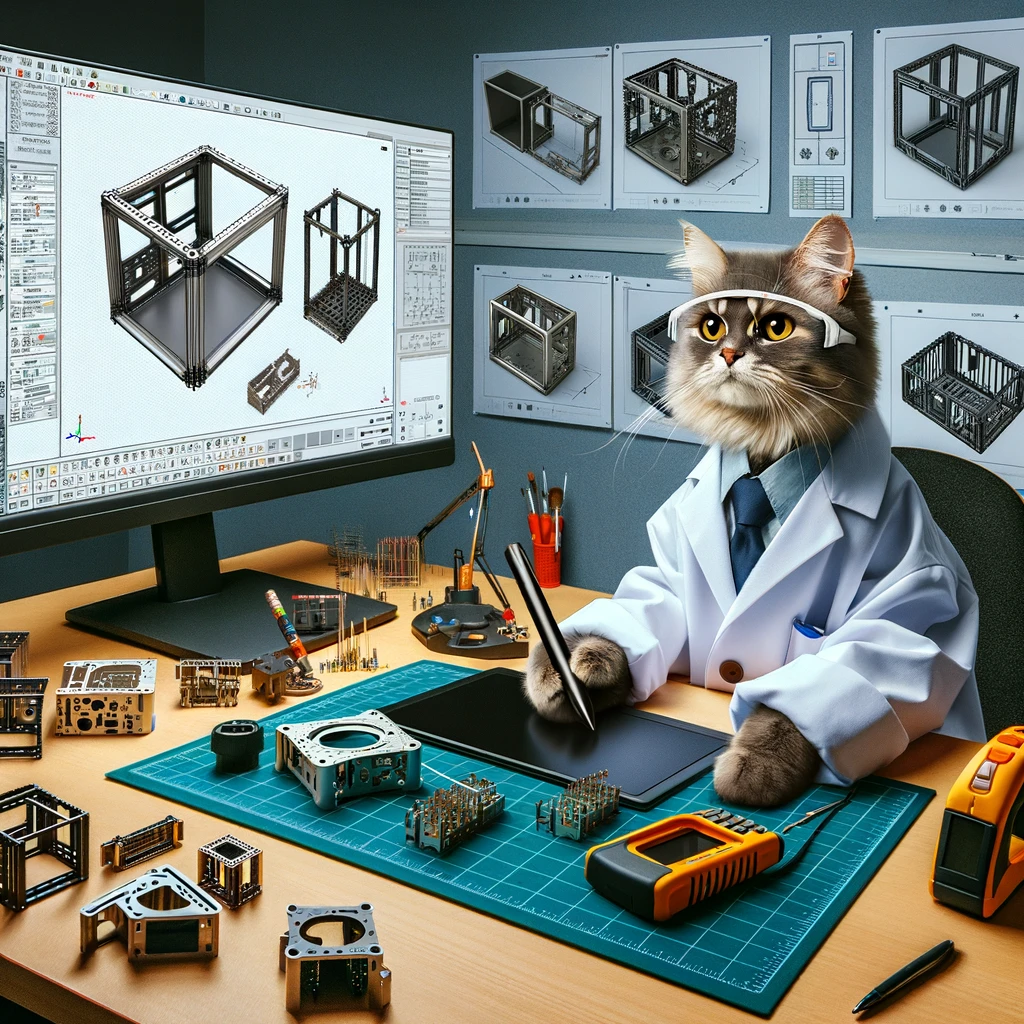
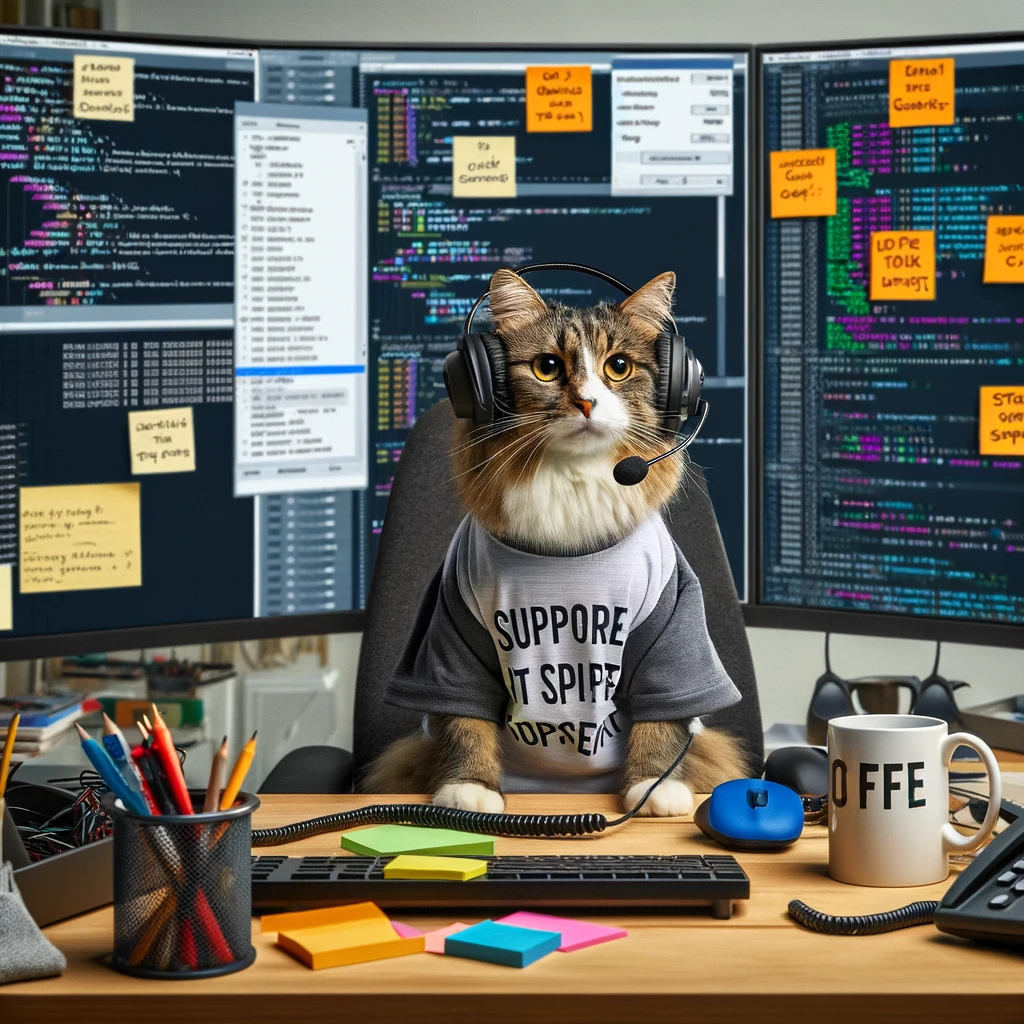
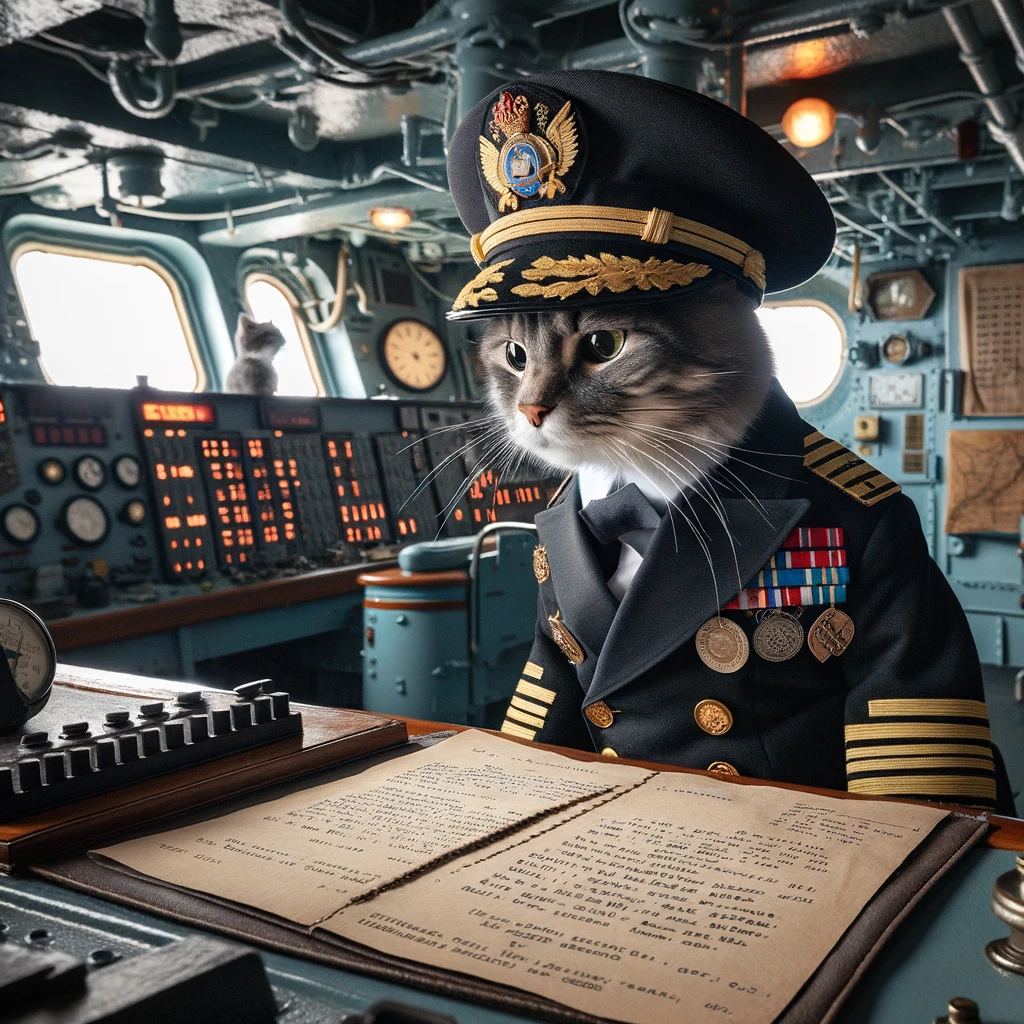
The phrase ‘The world wonders’ was originally included as a nonsensical filler in a secret message sent by Admiral Chester Nimitz to Admiral William Halsey, Jr. during the Battle of Leyte Gulf on October 25, 1944. Its purpose was to add an extra layer of complexity to the message, aiming to thwart Japanese codebreakers. However, this padding was inadvertently retained in the message’s final translation delivered to Halsey. Misinterpreted by Halsey as a biting and ironic criticism, it led him to prematurely cease his engagement with a Japanese carrier group. This decision was made under the mistaken belief that he needed to urgently support U.S. forces during the Battle off Samar, diverting his focus from the original task